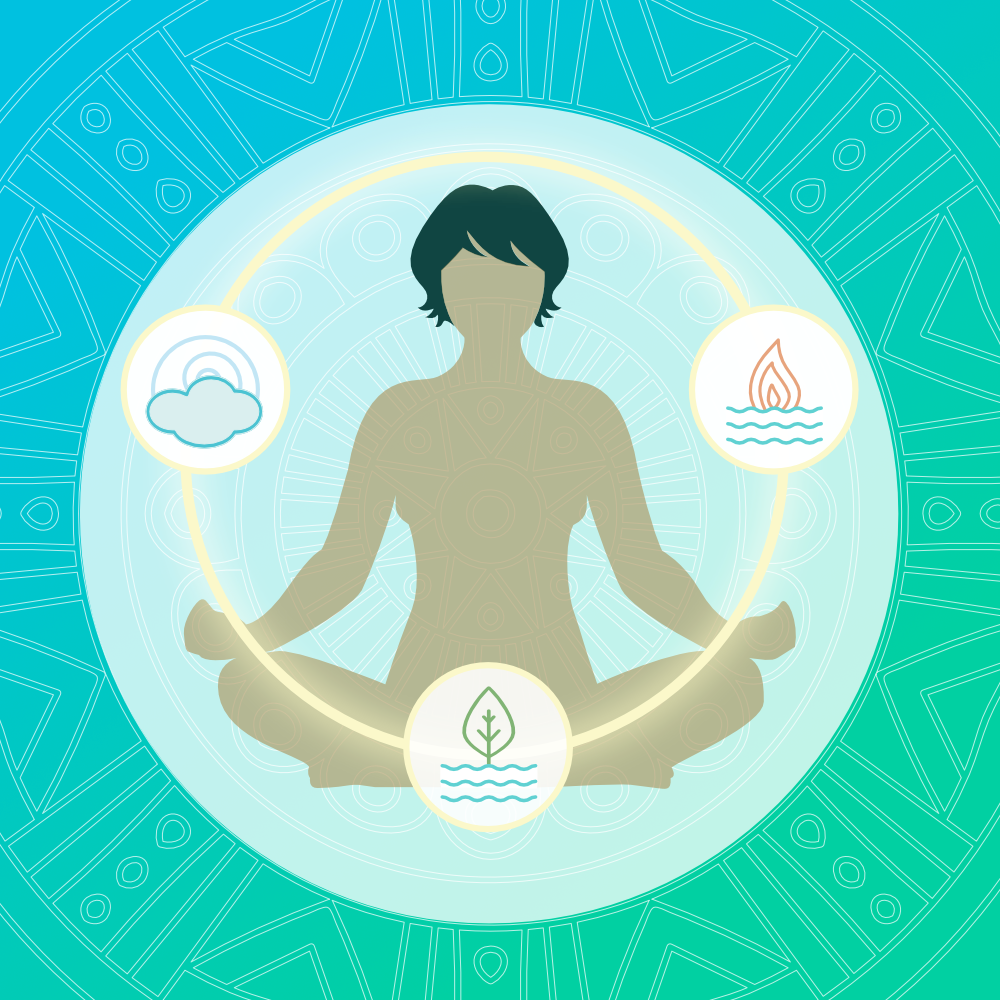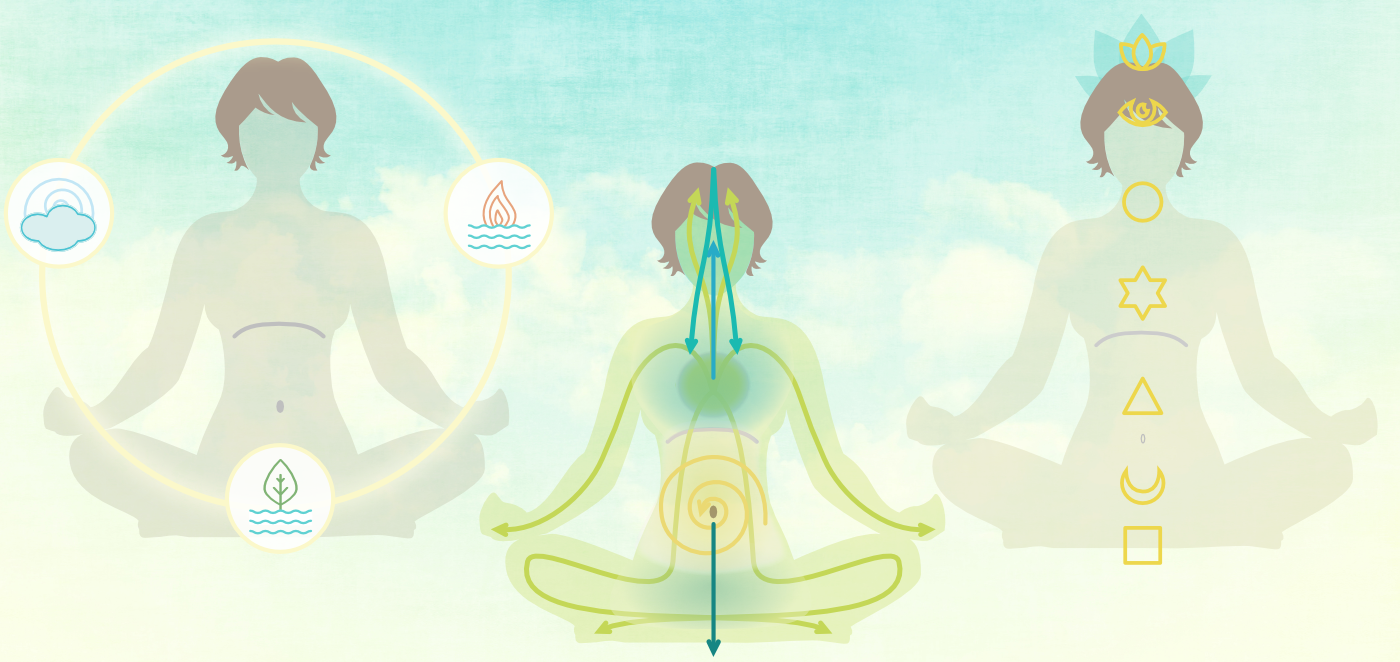Can Ayurveda improve your relationship with your mother? Lessons from understanding your Ayurvedic type

Some years ago, I taught a yoga series titled Yoga for Your Type; it was based on developing a better understanding of one’s Ayurvedic type and dominant qualities. All of my students found the Ayurvedic approach helpful, but one particular student experienced a complete revelation. Suddenly, she was able to see why her teenage daughter and herself were often at odds and had a hard time understanding each other’s patterns of behavior. My student had a very pronounced Pitta constitution; she was a brilliant businesswoman. She was precise in her speech, organized, had a structured routine, and demanded perfection from herself and others. She was very passionate about her job and very clear about her career path. Her daughter, on the other hand, had a dominant Vata constitution. To her mother, she appeared flaky, unfocused, unsure, and all over the place. Her mother had a hard time understanding why her daughter would forget things quickly, start new hobbies only to drop them soon after, have no clarity about her future and overall, seemed to be in constant disorganized motion.
Once we started to frame the conversation in terms of Ayurvedic types and their dominant qualities, the mother was able to see that her daughter was just like the wind: light, dry, mobile, easily disturbed, changeable, and sometimes disorganized. She realized that instead of fighting those inherent qualities, she needed to find a way to help her daughter “use her wind energy to move her windmills,” so to speak. Her daughter needed to surround herself with the environment and engage in activities that would constructively channel her air properties and keep them in balance. Regularly fighting with her mother was not one of those activities. My student also realized that Vata dominance gave her daughter the qualities that my student really appreciated: her creativity, her curious and active mind, her adaptability to changing circumstances, her capacity to make friends and learn new information very quickly, and her ability to let go of grudges and disagreements. In the end, my student was able to make subtle changes and steer her daughter toward activities that helped her feel more grounded, a bit more structured, and a bit more contained. Both parties benefited greatly from those adjustments. It was also a significant shift in how they viewed one another. My student shared with me that any time she felt irritated about her daughter’s behavior, she would tell herself: “Oh, I see her Vata is getting aggravated again.” This thought would put her into the troubleshooting mode instead of the conflict mode.
Knowing our students’ dominant Ayurvedic types is very useful in our teaching, as well. In our yoga classes, it informs the choice of poses, how we order and teach those poses, the type of information we share, and the type of encouragement we use. Of course, we could have students with all possible dosha combinations in a regular mixed class, but sometimes, depending on the environment, we might get more Pittas or more Kaphas in a class. In addition, our usual lifestyle, with its informational and sensory overload, causes Vata derangement in most people. Each one of our classes can have more pronounced Vata, Pitta, or Kapha qualities.
When we work with students one-on-one, understanding the student’s Ayurvedic type is essential in our work together. It impacts our choices of practices, style of interaction, type of instruction, selection of lifestyle recommendations, the content of homework assignments, and pretty much every other aspect of the student-teacher relationship. The main job of a yoga teacher is to help the students restore balance to different parts of their lives, and that balance will look very different for each Ayurvedic type.
As a medical science, Ayurveda might be the oldest healing modality in the world. It is an extensive, detailed system. “The knowledge contained in Ayurveda deals with the nature, scope, and purpose of life, and includes its metaphysical and physical aspects–health and disease, happiness and sorrow, pain and pleasure” (Vasant Ladd, 2002). Any practitioner who wants to use Ayurveda to diagnose and treat clients needs to have extensive specialized training.
However, it is useful for yoga practitioners, yoga teachers, and yoga therapists to understand the basic principles of Ayurveda to grasp the unique combination of fundamental qualities at play within ourselves and our students and the relative balance or imbalance of those qualities. This understanding can give us some unexpected insights into the nature of discomforts we experience in the context of our inherent constitution and predispositions toward particular types of imbalances. Once we get a clear picture of which elements seem out of balance within ourselves or our students, we can refine our choices of yoga practices and other daily activities to help us restore balance on different levels of the system.

Knowing your constitutional predispositions toward specific imbalances helps you avoid things that might aggravate the imbalance and correct it once it manifests.










My vata is aggravated.
Please help
Thanks
Laxman
Sorry to hear that! We will be talking about vata-managing strategies very soon!
Very interesting. I have understood some behavior of myself. Ber useful.
Great to hear that Lorena!
My daughter has attended classes discussing the different type personality but I’m not sure if based on Ayurveda. May be adapter is at work there.
Gee, Olga I enjoy your thoughts. Your posts are so valuable.
The challenge here is to describe the dosha and getting more balance in a persons life. I find many not open to change.
I guess its for us to notice and accept, rather than explain to them?
What do you think?
Thank you for bringing this up Kay! There can be all sorts of different interesting behaviors around this; I’ve known students to use their dominant type as an excuse for their poor choices, too. I hope we get to discuss that later.
Thanks so much for a thorough and well-written article. It is timely reading for me. 😉
Happy to hear that Michael!
This is something that I am really interested in exploring, thank you!
Perfect! Explore we will 🙂
one of the most useful tools in my tool box…Dosha’s can’t wait for your insights!